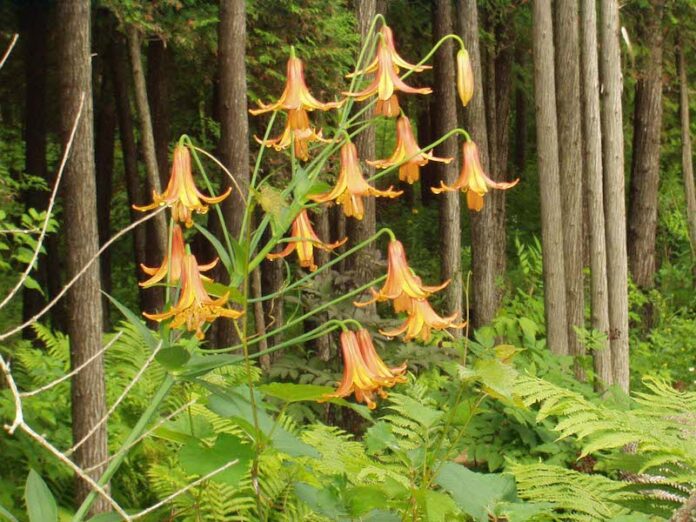by Philip Fry
During recent weeks, my plan to discuss wildflower gardening as a means of reducing the impact of CO2 emissions on our “quilted” landscape has been disrupted by three apparently unrelated events. Firstly, there has been the occupation of downtown Ottawa by the truck convoy, ostensibly protesting Covid 19 mandates, but also manifesting a much deeper dissatisfaction with current governments at both the federal and provincial levels. Secondly, there are still complaints about the imposition of a prison on Kemptville, which reminds us of how the provincial government has arbitrarily gutted environmental regulations and hamstrung the Township’s ability to regulate so-called development.
And, thirdly, I have been receiving email messages and a Report from Jane Wilson of Wind Concerns Ontario (WCO), a citizens organization, outlining ecological issues raised by wind turbines. Even a cursory reflection on these events shows that they all rise from a common source: the incapacity of current methods of governance to address citizens’ concerns adequately. As Jane Wilson’s messages most directly concern potential greening programs, with her permission I will paraphrase them here.
Framing the issue of CO2 emissions are the objectives being set by governments. Jane reports that Ontario wants 1,000 megawatts of new power generation, and the City of Ottawa’s target is 3,200 megawatts by the year 2050. For comparative scale, the huge Nation Rise wind “farm” generates only about 100 megawatts. Ottawa wants 700 or more 4 megawatt turbines, which would cover a little less than half of its needs, and is looking for its neighbours to “help out.” The implication is that North Grenville is being scouted for appropriate and accessible sites. Given the potential impact on human health, biodiversity, and land use, two questions arise: Are turbines the way to go? If so, is it possible to mitigate their currently devastating impact on the environment?
Based on information received from the Province, WCO produced a report synthesizing the government’s response to formal complaints about the effects of wind turbines. Almost 6,000 files about wind turbine noise, vibration, and sound pressure were handed over to WCO, of which 39% included adverse effects on heath. Among the documents, an acoustic professional who was hired to monitor turbine noise and their effect on bats, recounted that she could not complete her work because the sound created “a polluted toxic environment” so bad that she had to flee the site.
The points made by the WCO’s analysis assert that while the government had promised that there would be a complaint process to ensure enforcement of regulations, the complaints did not finally result in any significant abatement action being taken by the operators of the turbine installations, and this was despite the requirements set during approval of the projects. The process for receiving complaints is inconsistent, the information gathered is incomplete, and there is apparently no ministry-wide coordinated review and evaluation process about complaints. It seems the government doesn’t wish (or care) to make significant follow-ups.
What are we to do, then, with the sites already “developed” to “harvest” wind energy, and how are we to evaluate future projects? What technological remedies to this devastation are there? What remedial projects – the transformation of wastelands, the borders of access roads and fence lines, with native trees, shrubs and flowering plants like the magnificent, but regionally rare Canada lily, can be envisaged? The formation of eco-gardeners’ groups and access to degraded sites is critical. But this step depends largely on the Township and its decisions with regard to “development” criteria can currently be overturned at the whim of provincial ministers.
We are therefore in a quandary. Unless we can rely on a shift from the present confrontational, quasi-dictatorial form of governance to a collaborative, consensual approach based on local community concerns, significant remedial work will be scuttled. In short, we need properly representative environmental committees at all levels of governance mandated to ensure that information flows both up and down in the hierarchy of decision making, and that proposed decisions be correctly presented, understood, and vetted at the Township level.
Please continue sending me your comments to animate this discussion. I am at wildflowerguy@gmail.com.









